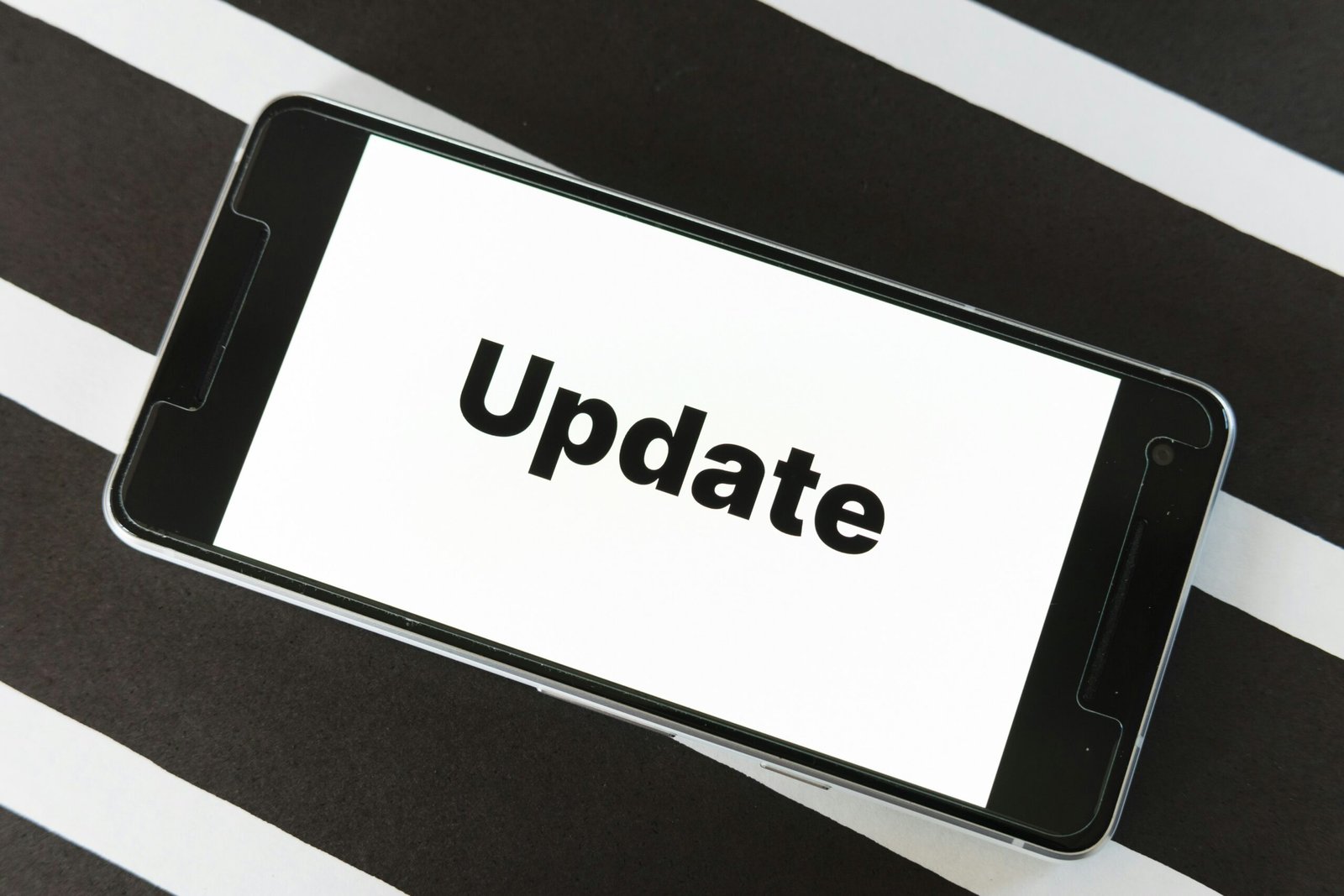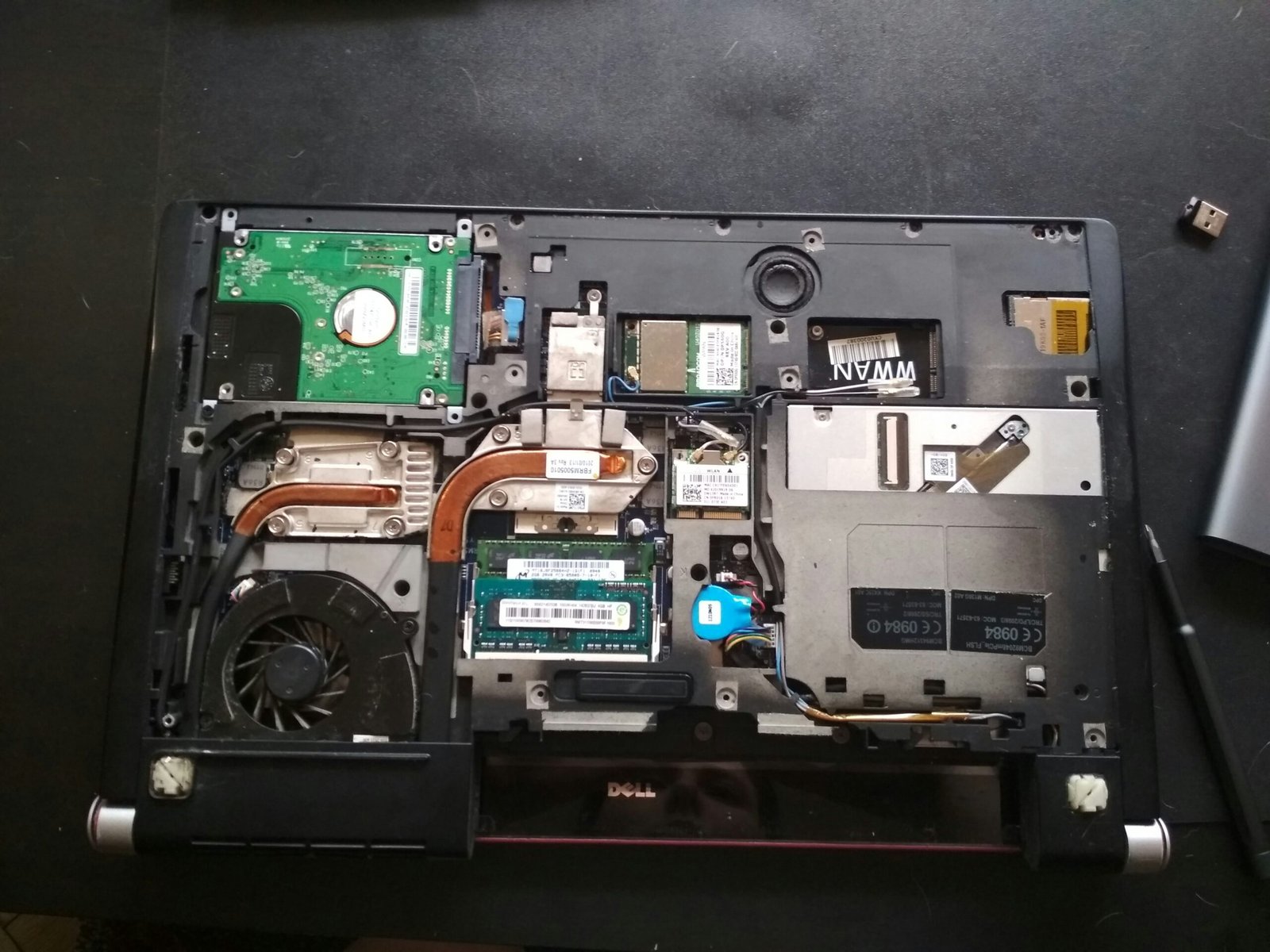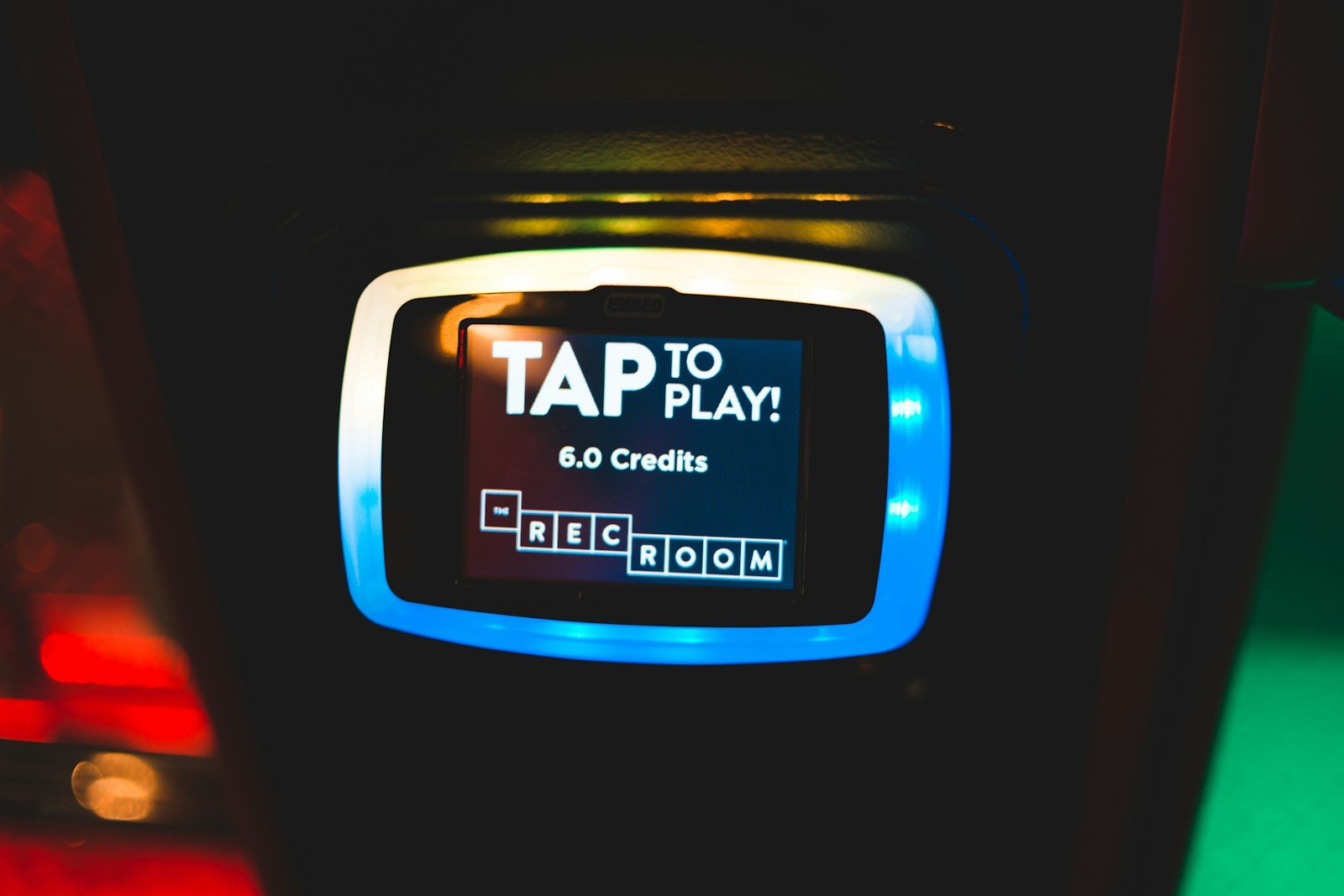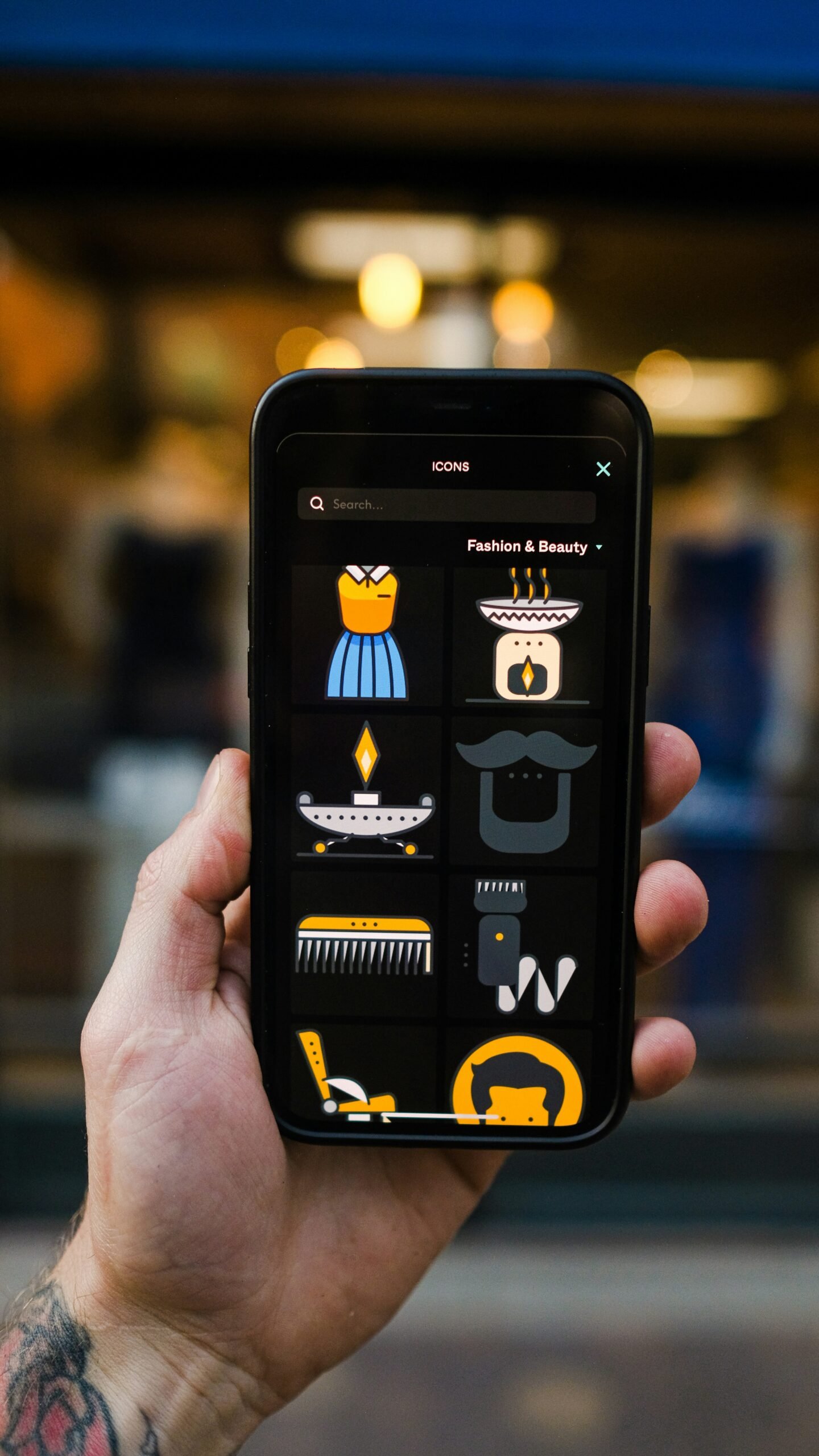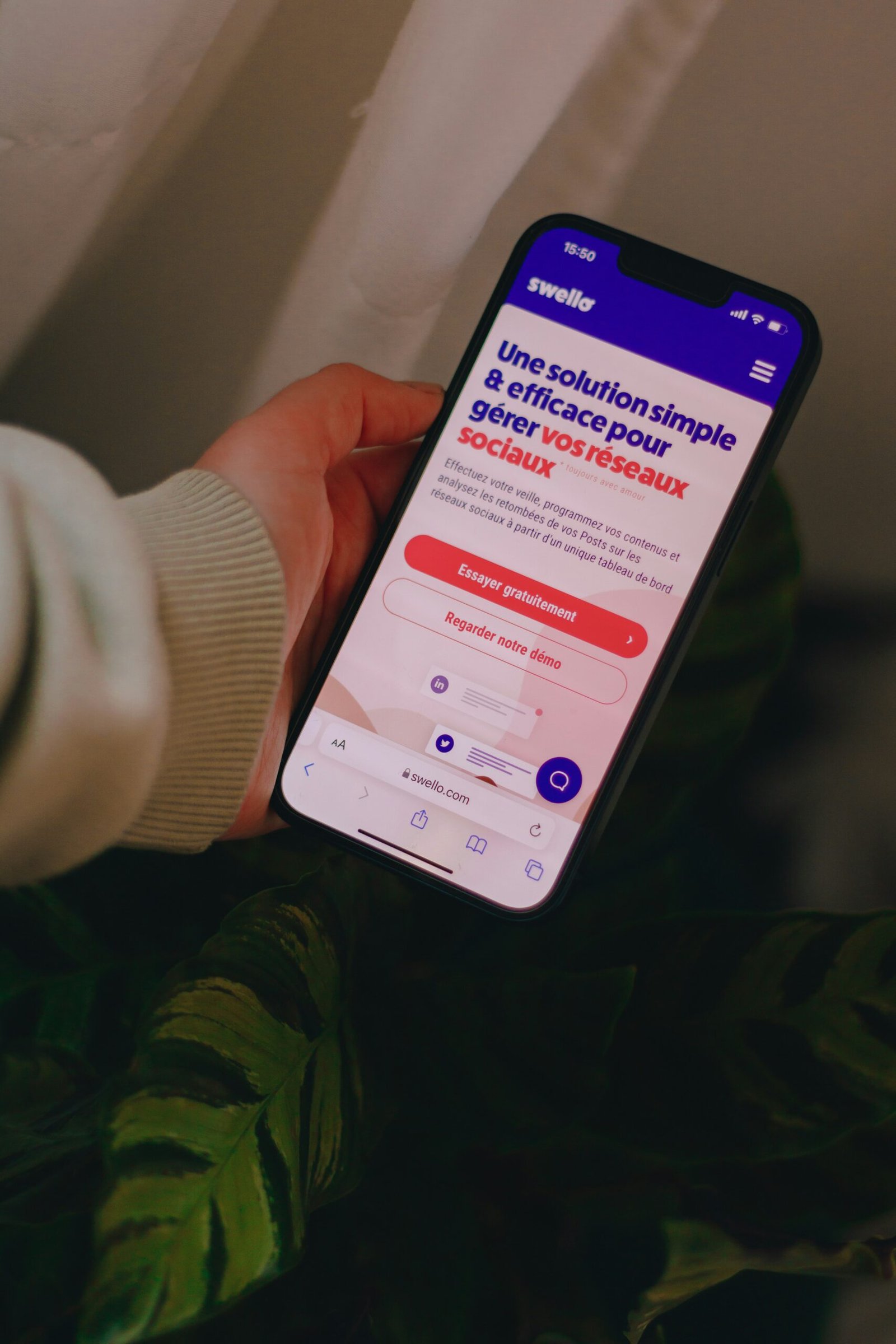
Introduction to Social Auto Postings
In the digital age, maintaining an active and engaging online presence is crucial for bloggers and content creators. One of the methods that has gained traction is social auto posting, a strategy designed to streamline the sharing of content across various social media platforms. This approach allows users to schedule and automate their posts, eliminating the need for manual sharing while maximizing audience reach.
Social auto posting works by integrating specific tools and applications that link a user’s blog or website to various social media accounts. Once integrated, these tools can automatically share new blog posts, updates, or promotional content to selected social channels like Threads, Facebook, and others, as soon as they are published. This process not only saves time but also ensures that content is consistently shared, increasing the likelihood of audience interaction and engagement.
The benefits of automating social media sharing are substantial. First, it affords creators the opportunity to focus on content creation rather than constantly managing their social media feeds. With an automated system in place, posts can be shared at optimal times when engagement is likely to be highest, thus enhancing overall visibility. Moreover, using social auto posting tools can lead to improved brand awareness, as followers are regularly exposed to content without the need for manual intervention.
Numerous tools are available for automating posts, each offering a range of features suited to different needs. Some popular options include Hootsuite, Buffer, and Zapier, among others. These platforms allow for the customization of posting schedules, content selection, and cross-platform sharing, making it easy for any blogger or content creator to find a solution that suits their workflow. By leveraging social auto posting, content creators can enhance their online presence and engage more effectively with their audience.
Understanding the Importance of Multi-Platform Sharing
In the digital age, the necessity for a robust online presence cannot be overstated. Multi-platform sharing is essential for bloggers aiming to maximize their reach and engagement. By distributing blog content across various social media outlets, such as Threads and Facebook, a blogger can tap into diverse audiences, thereby driving significant traffic to their website. Each platform has unique demographics and user interactions, which can be leveraged to enhance visibility.
Numerous studies have indicated that multi-platform sharing can dramatically increase both the reach and effectiveness of blog content. For instance, according to recent statistics, Facebook boasts over 2.8 billion monthly active users, making it one of the largest social networks globally. Threads, though relatively new, has attracted a user base eager for fresh content and dialogues. By strategically posting across these platforms, bloggers can not only disseminate their content but also reposition their brand identity, tailoring messages to suit the tastes and expectations of different audiences.
The interaction rates on these platforms further illustrate the potential benefits of multi-platform sharing. Posts shared on Facebook can receive a higher engagement rate when they include visuals, links, and hashtags that encourage discussion. Similarly, Threads allows for instantaneous interactions, giving bloggers the opportunity to engage with their audience in real-time. This immediacy can foster deeper relationships and opportunities for dialogue. By recognizing the strengths and characteristics of each platform, bloggers can create more effective sharing strategies that resonate with their audience and encourage them to visit their blog.
Investing the time to understand the intricacies of each platform’s audience is crucial in maximizing blog traffic and fostering engagement. The power of multi-platform sharing is undeniable, creating a comprehensive strategy that is vital for a successful blogging journey.
Setting Up Your Social Auto Poster: A Step-by-Step Guide
Setting up a social auto poster is an essential step for bloggers looking to automate their content distribution across different platforms such as Threads and Facebook. The first step in this process is choosing the right social auto poster tool that meets your needs. There are several options available, each offering different features and capabilities. Look for tools that support multiple social media channels, have an intuitive user interface, and provide analytics to track engagement. Some popular choices include Hootsuite, Buffer, and SocialBee.
Once you have selected the appropriate tool, the next step is to install it. Most social auto poster tools operate on a cloud-based platform, requiring no software downloads. Simply create an account and follow the guided setup process. During installation, you will usually be prompted to connect your social media accounts. This connection allows the tool to post seamlessly on your behalf. Make sure to grant the necessary permissions for the auto poster to access your accounts, as this enables automation.
After installing the tool, you will need to integrate it with your blog. This process typically involves connecting your blog’s RSS feed to the auto poster. To do this, locate the RSS feed URL of your blog, which is often found in your website’s settings or by simply adding “/feed” to the end of your blog’s URL. In the social auto poster tool’s settings, find the option to add an RSS feed and input your blog’s feed URL. Additionally, configure the posting schedule to ensure the content is shared at optimal times. With this setup complete, your social auto poster will be able to extract new posts from your blog’s RSS feed and share them automatically on the connected social media platforms, streamlining your content distribution efforts.
Integrating Threads for Enhanced Reach
Integrating Threads into your social auto posting strategy can significantly enhance your blog’s reach and engagement. To begin, connecting your Threads account to your chosen social auto poster is straightforward. Most platforms provide a simple authorization process that requires you to log into your Threads account and grant access. Once this connection is established, your blog posts can be automatically shared on Threads, providing you with a seamless means to reach a broader audience.
Crafters of content on Threads should be mindful of the platform’s unique audience. It is essential to design posts that resonate with users who prefer authentic and engaging exchanges. When creating content specifically for Threads, consider incorporating conversational language and personal anecdotes that invite interaction. Additionally, visual content tends to perform exceptionally well on this platform, so supplementing your text with relevant images or videos can boost viewer attraction and interaction.
Effective use of hashtags can amplify your reach on Threads. Research trending hashtags relevant to your content and consider using a combination of popular and niche tags to enhance discovery. Aim to keep your hashtags specific and targeted to attract the right audience. Furthermore, engaging with other users by responding to comments or sharing user-generated content can foster community interaction and increase your blog’s visibility.
Lastly, consider integrating interactive elements, such as polls or questions, within your posts. By prompting users to participate actively, you enhance engagement and encourage followers to share your posts. Remember, the key to successful Threads integration lies in being authentic and engaging while staying true to the essence of your blog. The more you connect with your audience, the more your reach will expand on this dynamic platform.
Connecting Facebook: Best Practices for Automation
Integrating Facebook with your social auto poster can significantly enhance your blog’s visibility and engagement. To effectively connect Facebook, begin by ensuring you have administrative access to the Facebook page you wish to manage. This is essential for proper configuration and for utilizing the full potential of automation tools.
One of the most critical factors in automating posts on Facebook is timing. The optimal posting times often depend on your target audience’s online behavior. Utilizing analytics tools can help you determine when your followers are most active, allowing you to schedule posts for maximum engagement. Aim to publish content when your audience is likely to take notice, which could vary between weekdays and weekends.
The format of your posts also plays a significant role in determining their effectiveness. Facebook posts can be enhanced by employing a mix of images, videos, and links, as these tend to draw more interaction compared to plain text posts. Utilizing eye-catching graphics and compelling headlines can further encourage clicks and shares. Consider the context of your content; for instance, sharing blog excerpts as Facebook posts can pique interest and drive traffic back to your blog.
Additionally, engaging with your followers is crucial in a successful Facebook strategy. An automated posting system might handle the scheduling, but the human touch remains vital. Respond to comments and react to posts promptly, as this interaction can foster a loyal community. Engaging with users through thoughtful replies encourages ongoing participation and strengthens your relationship with your audience. Furthermore, encourage followers to share their thoughts and opinions to create a two-way dialogue.
By adhering to these best practices when connecting Facebook to your social auto poster, you can optimize your content’s reach and enhance interactions, ultimately benefiting your blog’s popularity and engagement levels.
Customizing Automated Posts for Each Platform
When it comes to automating your blog content through social media platforms like Threads and Facebook, understanding the significance of customizing your posts is essential. Each of these platforms has a distinct audience with varying expectations, which must be considered to maximize engagement and reach.
Threads, known for its casual tone and emphasis on conversation, invites a more personal touch in the posts. The audience here appreciates brevity and authenticity, so when crafting your automated posts, aim for a light, conversational tone. Shorter posts with engaging images or quick clips often perform well, capturing the audience’s interest and encouraging interaction. This aligns with the informal environment that Threads cultivates, making users feel more connected to the content they engage with.
On the other hand, Facebook operates with a broader demographic and typically welcomes more detailed content. Posts can afford to be longer, allowing for in-depth discussions or sharing informative articles. When automating content for Facebook, focus on creating captivating visuals that complement your text and add value to the message. High-quality images and videos tend to generate more engagement, while also considering the tone—more formal and informative than what might be appropriate for Threads.
It’s also essential to understand the time of posting and how audience interaction varies between platforms. Threads may see higher engagement rates in off-peak hours, while Facebook users are more active during mid-day breaks. Tailoring the timing of your automated posts can further enhance visibility and interaction.
In essence, by customizing your automated posts for Threads and Facebook, you align your messaging with the expectations of each platform’s audience. This approach not only improves engagement but also strengthens your overall social media strategy.
Monitoring Performance: Analyzing Engagement Metrics
To effectively monitor the performance of automated posts on platforms like Threads and Facebook, it is essential to focus on specific key performance indicators (KPIs) that provide insights into user engagement. These KPIs help bloggers and content creators understand how their audience interacts with their posts, enabling them to tailor content strategies for better reach and engagement.
For Threads, critical KPIs include likes, shares, comments, and the overall reach of each post. Analyzing likes can give insight into what content resonates most with your audience. Shares are indicative of the post’s value, as they signal that followers find the content worthy of sharing with their network. Comments provide qualitative feedback, highlighting what specific aspects of the post ignite discussion. Similarly, reach indicates how many unique users have viewed the content, reflecting its overall visibility.
On Facebook, engagement metrics such as click-through rates, engagement rates, and the number of reactions also play a crucial role. Click-through rates help in understanding how compelling the post’s call-to-action is, while engagement rates illustrate how viewers interact with the content beyond mere views. Monitoring reactions offers insight into the emotional response evoked by the content, allowing bloggers to refine their messaging accordingly.
Analytics tools and dashboards available on both platforms can streamline the process of tracking these metrics. It is vital to regularly assess these KPIs and adjust posting strategies based on the engagement data. Experimenting with various types of content, such as videos, infographics, or polls, can also enhance audience interaction. Testing different styles and formats while monitoring performance can lead to discovering what content captivates your audience, ultimately maximizing the effectiveness of your automated posts.
Troubleshooting Common Issues with Social Auto Posting
Automating your blog with a social auto poster, whether for Threads or Facebook, presents a range of benefits, but it may also come with its share of challenges. Users may encounter a variety of issues that can impede the smooth functioning of the automation process. This section outlines some common problems and practical solutions to ensure a more seamless experience.
One issue that users frequently face is failed post uploads. This can occur due to several reasons, including poor internet connectivity, incorrect settings in the auto poster configuration, or even platform-specific restrictions. To address this, it is essential to check your internet connection and verify that the credentials and permissions for Threads and Facebook are correctly entered. Updating the social auto poster to its latest version can also resolve some underlying compatibility issues.
Image display issues can also undermine the effectiveness of your posts. When images do not appear as intended, it could be related to file formats, size limitations, or coding errors in the auto poster. Ensure that images meet the required specifications and formats recommended by both Threads and Facebook. Additionally, reviewing the shortcode or HTML tags used in the posts can help rectify any discrepancies that might prevent proper display.
Another common concern is discrepancies in post timing, which can negatively impact audience engagement. This can happen due to time zone settings not being aligned or due to delays in the social media platform’s processing. To mitigate this, confirm that your account settings reflect the correct time zone and monitor the analytics to determine optimal posting times. Regularly checking and adjusting these settings can help maintain efficient automation and high engagement rates.
By proactively troubleshooting these common issues, users can enhance their experience with social auto posting tools, ensuring a more efficient and effective blog promotion strategy.
Conclusion: Streamlining Your Blogging Process
Automating the process of sharing blog posts through social media platforms such as Threads and Facebook offers a multitude of benefits for both novice and seasoned bloggers. By utilizing social auto posters, individuals can significantly reduce the time spent on manually publishing content across various channels. This automation allows bloggers to focus on creating high-quality content rather than being bogged down by the repetitive task of sharing posts, thereby enhancing overall productivity.
Furthermore, integrating social auto posters aids in increasing audience engagement. When blog posts are automatically shared at optimal times on Threads and Facebook, they reach a broader audience, providing more opportunities for interaction. Consistent visibility on these platforms helps in cultivating a loyal readership. Engaged audiences are more likely to share content, which in turn organically boosts traffic to the blog, creating a cycle of growth and visibility.
In addition to time savings and engagement, the blogging experience itself becomes more enjoyable and streamlined. With robust automation tools, bloggers can plan their content calendars efficiently and ensure that their posts are consistently shared, thus maintaining an active online presence. The flexibility these tools offer allows for strategic adjustments based on analytics and audience trends, emphasizing the necessity for bloggers to remain adaptable and continuously refine their social media strategies.
In conclusion, the integration of social auto posters with Threads and Facebook not only simplifies the blogging process but also enhances the overall experience for the blogger and their audience. Embracing automation is an essential step toward achieving greater efficiency and maximizing the impact of a blog in an increasingly competitive digital landscape.

